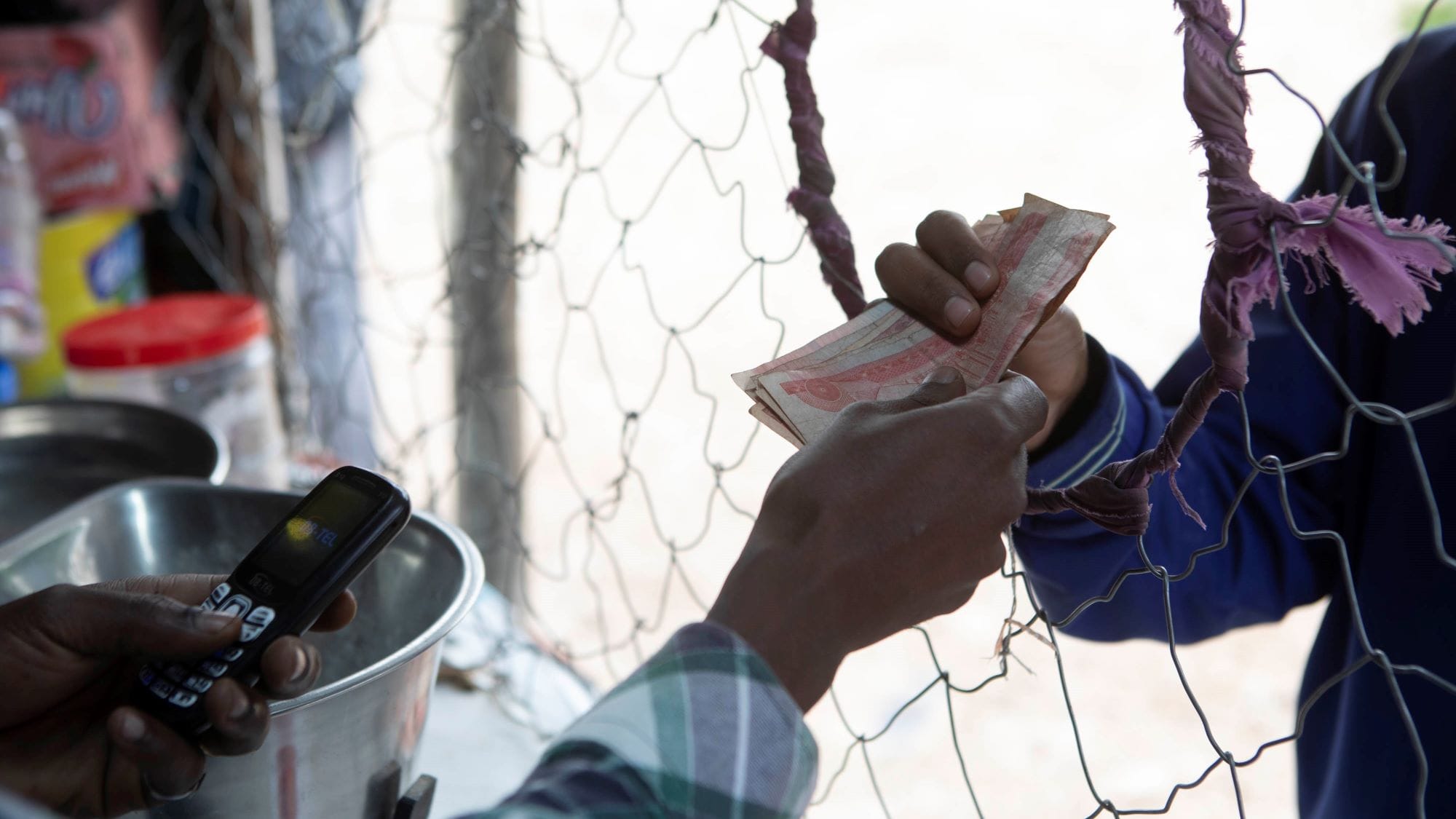It's hard to imagine a more explosive, transformative, and empowering trend than the growth of the mobile phone sector in Africa. In 1998 there were fewer than 4 million phones on the continent; today there are around 800 million—a whopping 80 percent penetration. Compare this to the meager 24 percent of African adults with bank accounts. Experts expect there will be around 1.1 billion mobile phone subscribers by 2017.
Women are likely to be at the forefront of this future growth in mobile access in Africa (and elsewhere), globally accounting for two-thirds of new subscribers. According to the Cherie Blair foundation, the gender gap in mobile phone ownership in Africa alone is a $2 billion business opportunity.
At the same time, the potential for mobile money is indeed dazzling. The Kenya example continues to amaze observers, with 21 million active users, more than 60,000 agents (many of whom are women), and mobile money deposits of KSh 226 billion, surpassing the deposit base of the country's largest commercial bank, Kenya Commercial Bank.

With all this promise, the potential is unrealised outside of a few countries. Why? The answer is complex, but fundamentally it's because mobile money operators systematically underinvest in two things: 1) understanding the market; and 2) building the agent network.
As it turns out, both of these things are critical for connecting women with mobile financial services. Once we crack the problem of women's access to financial services, their households and communities will follow shortly thereafter. To develop the potential of mobile money and empower women and their communities, mobile money operators must understand the market and agents.
What are the real pain points for women? Why is mobile money better than what they are doing now? Is it better than cash? These questions have not received the attention they deserve. Recently, a study by Bankable Frontiers Associates for the GSMA's mWomen programme shed some light on women's financial inclusion issues that are relevant for mobile money. Here's what we know about women according to the study:
- Women are multitasking money managers. They are often in charge of very large numbers of small, regular transactions like shopping, receiving remittances, paying bills, and school expenses.
- Women are really stretched for time. Because they have so many different jobs within and outside of the household, making all these payments is a real hassle.
- Women are more likely to have erratic income sources. They tend to work more frequently in the informal sector where income comes in fits and starts—although they are also receivers of remittances and payments from government agencies, which can be more regular.
- Women are conservative. They do not want to take risks with the family's money, and trust is their number one concern in choosing a provider. They prefer cash and informal systems such as savings groups.
- Women are loyal evangelists. If they trust the source, winning women over to mobile money can create ripple effects throughout the community.
Overall, women value four things when it comes to financial services: convenience, reliability, security, and privacy. Mobile money has the potential to deliver on all four fronts.
As a corollary to the above, a high-quality, convenient agent network is crucial for building trust and loyalty. Too often, operators build out the agent network quickly, ahead of growth in customers and transactions. The agents don't see transactions, they don't bother to buy the electronic money, and forget their training. Yet these agents are the "face" of any mobile money operation. An early bad experience can turn women off for good.
At the same time, a growing agent network poses an enormous business opportunity for women. The Cherie Blair Foundation, the U.S. Agency for International Development, and mobile phone operator, Tigo (Millicom), have recently launched a programme that will support more than 4,000 women agents in Tanzania, Ghana, and Rwanda. It will be important to follow that experiment closely to see what lessons can be learned.
Implications For Building A Business Case Around Women
Five key messages stand out for operators keen on tapping the opportunity presented by women:
Make it easy to buy phones. Despite impressive penetration figures, 34 percent of women in Tanzania and 13 percent in Kenya reported they wanted to use mobile money but didn't have a phone. On the other hand, one of the most commonly cited reasons for not having a phone (after cost) is that women don't see the value. There's an opportunity here—as women see the value in mobile money, they will buy phones.

Tailor marketing to women. Many mobile money marketing campaigns feature men and fail to address the specific pain points felt by women. But even the term "women" is too broad a market segment—a sophisticated consumer insights study would identify a few key segments and then focus messages on them.
Build awareness below the line. Trust and confidence is based on the personal touch. Safaricom estimates that it spent at least 10–15 minutes face-to-face with each customer for the first year or so. For women, this high-touch approach is particularly important, hence the need to invest in agent network quality.
Emphasize 'show how' rather than 'know how.' When women see that they can instantly pay family, business partners, and suppliers, they will build trust quickly. Getting women to try the service is critical. Analysis of the customer journey shows that women are just as likely as men to try mobile money once they become aware and understand it.
Streamline and clarify documentation. Some women shy away from mobile money—and banking in general—because they assume they lack the right documentation. Often this is not the case. Help women see that they are eligible.
Women are likely the entry point to mobile financial services adoption at scale. Those who ignore this important market segment may lose out entirely.





